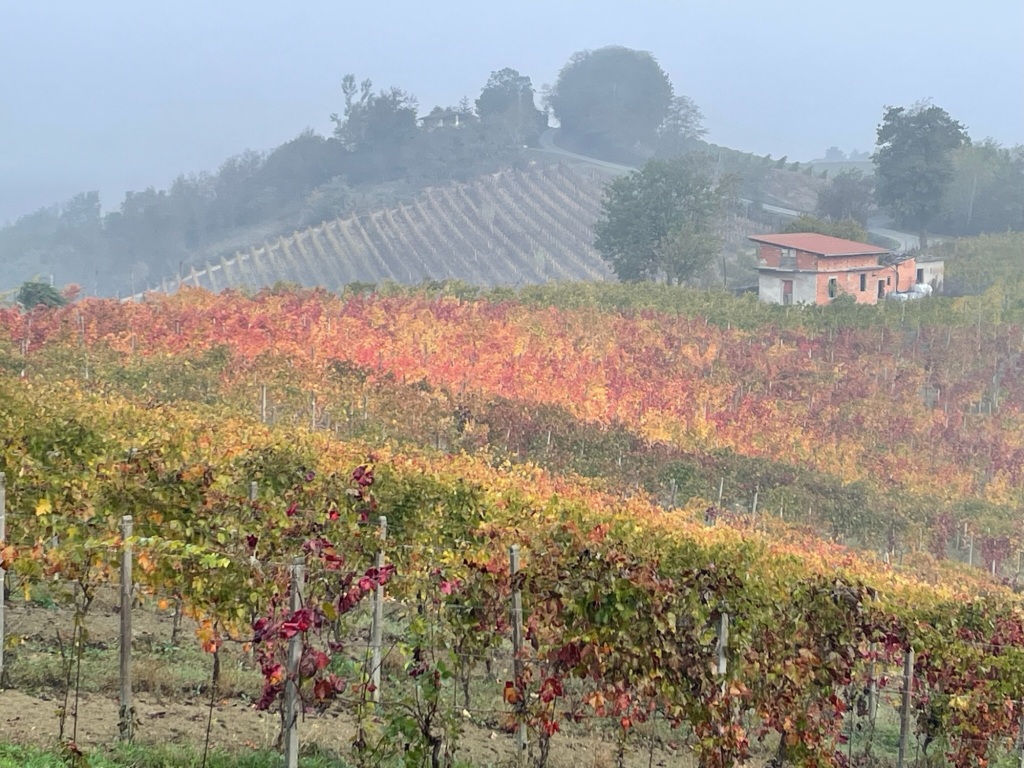Cortese and Gavi: A Perfect Pairing from Piedmont
If you are looking for a refreshing and elegant white wine to enjoy with seafood, cheese, or light pasta dishes, you might want to try cortese and gavi. Cortese is a grape variety native to Piedmont, a region in northwest Italy famous for its red wines like Barolo and Barbera. Gavi is a wine made exclusively from cortese grapes grown in a specific area around the town of Gavi, near the Ligurian border.


What is cortese?
Cortese is a white grape variety that has been cultivated in Piedmont since the 17th century. It is known for its high acidity, low alcohol, and delicate aromas of citrus, apple, pear, and almond. Cortese is also resistant to diseases and adapts well to different soils and climates, making it a reliable and versatile grape for winemakers.
Cortese is mainly grown in the provinces of Alessandria and Asti, where it produces crisp and refreshing wines under various appellations, such as Cortese dell’Alto Monferrato DOC, Colli Tortonesi DOC, and Piemonte Cortese DOC. However, the most prestigious and renowned expression of cortese is Gavi, or Cortese di Gavi, which was awarded DOCG status in 19981.
What is Gavi?
Gavi, or Cortese di Gavi, is a DOCG appellation that covers still and sparkling white wines made from 100% cortese grapes grown in 13 communes in the province of Alessandria2. The name derives from Gavi, the main town in the production zone, and cortese, the grape variety. Wines that come from vineyards within the township of Gavi can also be labeled as Gavi di Gavi, indicating a higher quality and origin.
Gavi is considered one of the top-ranking Italian whites, and the jewel of Piedmont’s white wines. It is characterized by its bone-dry, flinty, and fresh style, with floral and fruity notes of white flowers, lemon, green apple, and honeydew. It also often shows hints of almonds on the finish, a typical trait of cortese. Gavi is a wine that reflects its terroir, influenced by the mineral-rich soils and the Mediterranean climate of the area.
Gavi can be produced in different styles, such as still, sparkling, or aged. The most common and traditional style is still, vinified and matured in stainless steel tanks to preserve the freshness and acidity of the grape. Some producers also use oak barrels to add complexity and richness to the wine. Sparkling versions, either spumante or frizzante, are also made, using either the Charmat or the traditional method. Aged versions, called riserva, must be aged for at least 12 months, of which six in the bottle3.



How to enjoy cortese and gavi?
Cortese and gavi are wines that are best enjoyed young, within two or three years of the vintage, to appreciate their freshness and fruitiness. They are also best served chilled, at around 8-10°C (46-50°F), in a tulip-shaped glass that enhances their aromas.
Cortese and gavi are excellent wines to pair with food, especially seafood, as their acidity and minerality complement the salinity and freshness of fish and shellfish. They also go well with cheese, especially fresh and soft ones, such as mozzarella, ricotta, or goat cheese. Light pasta dishes, such as pesto, carbonara, or primavera, are also good matches, as well as salads, chicken, and vegetable dishes.
Cortese and gavi are wines that can be enjoyed on any occasion, from a casual lunch to a formal dinner, from a picnic to a party. They are wines that can please any palate, with their balance, elegance, and versatility. If you want to discover the charm of Piedmont’s white wines, cortese and gavi are a perfect pairing to start with.





















